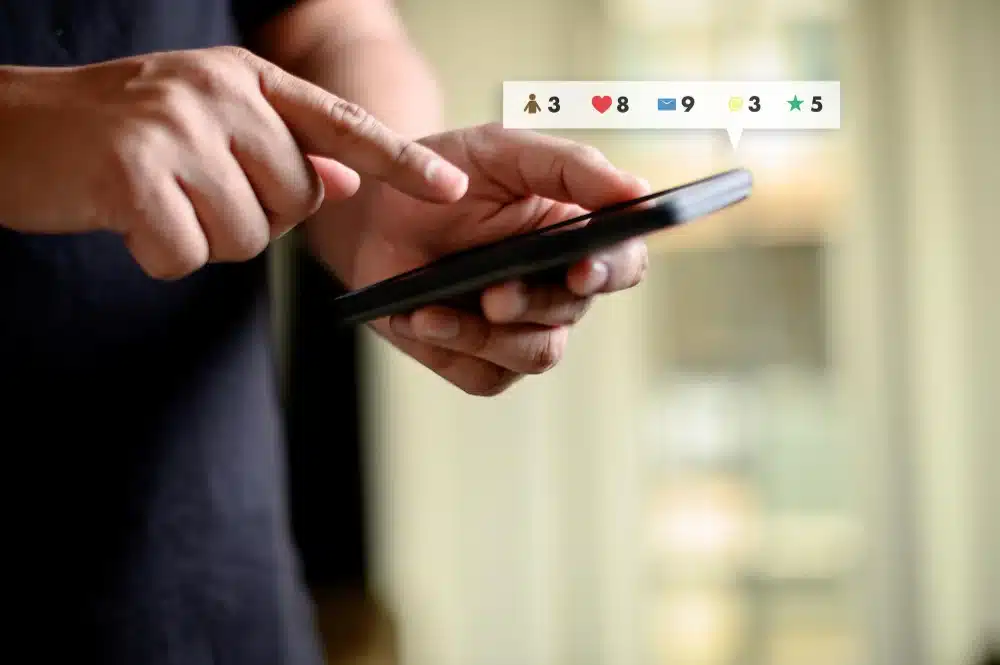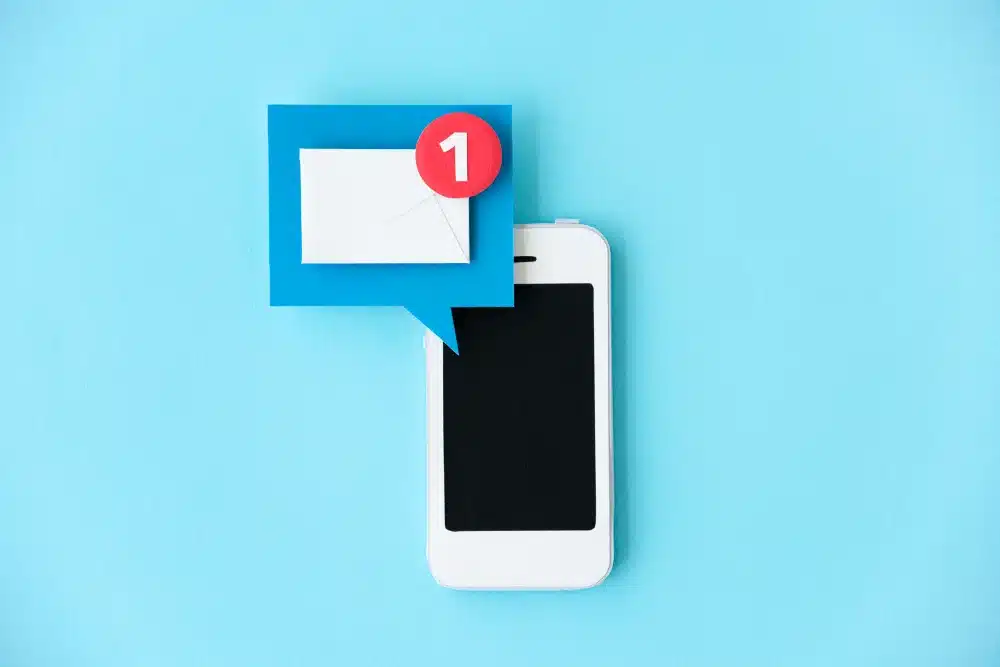Real-Time Communication System
Push Notifications at Your Fingertips

Push notifications are messages that pop up on a device, such as smartphones, tablets, and computers, from apps or websites. They can appear even when the user is not actively using the app or website, offering a way to communicate information directly and instantly, push notifications are used for a variety of purposes, including marketing messages, alerts, and reminders that are based on your purchase and user habits. They work by relying on a push notification service, which is a dedicated server that sends the notification to the user’s device.
E-commerce Notifications
When you use an app like Amazon or eBay, you might receive push notifications about flash sales, delivery updates, or special discounts personalised to your shopping habits. For instance, if a flash sale is about to start, the app’s server sends a request to the push notification service with details of the sale and the tokens of users who have opted to receive such notifications. The service then pushes this notification to those users’ devices.
Social Media
Platforms like Facebook, X, Instagram and Linkedin use push notifications to alert users about new interactions, such as likes, comments, messages, or mentions when someone comments on your post, the social media platform’s server sends the notification content and your device token to the push notification service, which then delivers the notification to your device.
News and Weather Alerts
News apps like The New York Times or geolocation-based weather apps send push notifications to provide breaking news alerts or severe weather warnings, for example, if there’s a sudden storm warning in your area, the weather app’s server sends a message with the warning details and the tokens of users in the affected area to the push notification service. The service ensures that the alert is promptly delivered to those users’ devices, potentially providing critical information that could help them stay safe.
Notification Settings
To start getting these notifications, you’ve got to give the thumbs up first. Once you do, your device gets a special token, kind of like a secret handshake, that tells the app where to send its messages. When an app wants to send you a note, it hits up the push notification service with your token and the message, this service is the middleman that makes sure the message gets to you, safe and sound. There a a few types of push notifications, and you can always customise the settings about the type of notifications that you are interested in.

Subscriptions:
The user must first agree to receive push notifications from an app or website, normally during the account creation or set-up period, but you can always change your preferences on each device. Some of the application features might not be eligible without notifications, usually, these are the free versions of the app, for example, Sweatcoin disables a few key features if you do not enable the push notifications. Since the app and notifications are for you and not vice-versa, always be conscious and change the settings that are most comfortable for you.
Device Registration:
Once permission is granted, the device registers with the push notification service provided by the platform (Apple’s APNs for iOS devices or Google’s FCM for Android devices and banking Apps), most of the time, especially in the mentioned examples, this step requires a two-factor authentication as a part of the apps and websites privacy protection policies that are designed to protect your data.
Device Token:
The push notification service generates a unique token for the device, which is sent back to the app or website’s server. This token is used to identify the device when sending a notification.
Sending Notifications:
When the app or website wants to send a notification, it sends a request to the push notification service with the message and the device token, in other words, the server sends a request to the push notification service to deliver the notification. This request includes the notification content and the list of device tokens, the request is usually made through a secure API (Application Programming Interface) provided by the push notification service (e.g., APNs for iOS or FCM for Android).

Conclusion
Push notifications are like those little taps on the shoulder from your apps or websites, letting you know what’s up, even when you’re not looking at them, they’re an excellent tool to keep you updated, whether it’s a sale on your favourite shopping app, a new message from a friend, or a heads-up about some wild weather heading your way.
Let's turn your idea into a memorable event!
We’re all about making great ideas come to life and creating unforgettable experiences. So, why wait? Drop us a line, share your vision, and let’s collaborate to make your idea the next big thing. Ready to make it happen? We’re just a message away!
Ready for your next event? Get in touch today!
Schedule your call on our calendar and book a time slot with one of our Project Managers who will answer all of your doubts.

